Life and Zeal: Reflections on National Hispanic and Latinx Heritage Month
While October 15 marks the end of Hispanic and Latinx Heritage Month, the national celebration of culture extends far beyond 30 days.

“You’re home,” Yussef exclaimed, spreading his arms as if to cover the entirety of the island. It was a typical morning in Old San Juan: locals walking on blue cobblestones for their fix of café con leche, everyone and everything basking in the rising Caribbean sun.
With less than a week in Puerto Rico, I intended to explore the island that my grandfather left in search of better opportunities, and it was not much longer until I directly confronted my history on these very streets. By sheer luck, my cousin Yussef suddenly appeared ahead of me—a comforting reminder that despite residing hundreds of miles north, my family roots on the island still ran strong.
Even more shocking than our unexpected encounter was his first few words: “Hola, prima! How does it feel? You’re home!”
Home? I’m home? At first, his words puzzled me.
For years, I could not help but feel denied my ethnicity by the pale hue of my skin. I succumbed to constant microaggressions, accepting that my light features had no rightful place within the Latin community.
Though here, in Puerto Rico, I was at home. My Hispanic heritage was in my blood — something no one could deny.
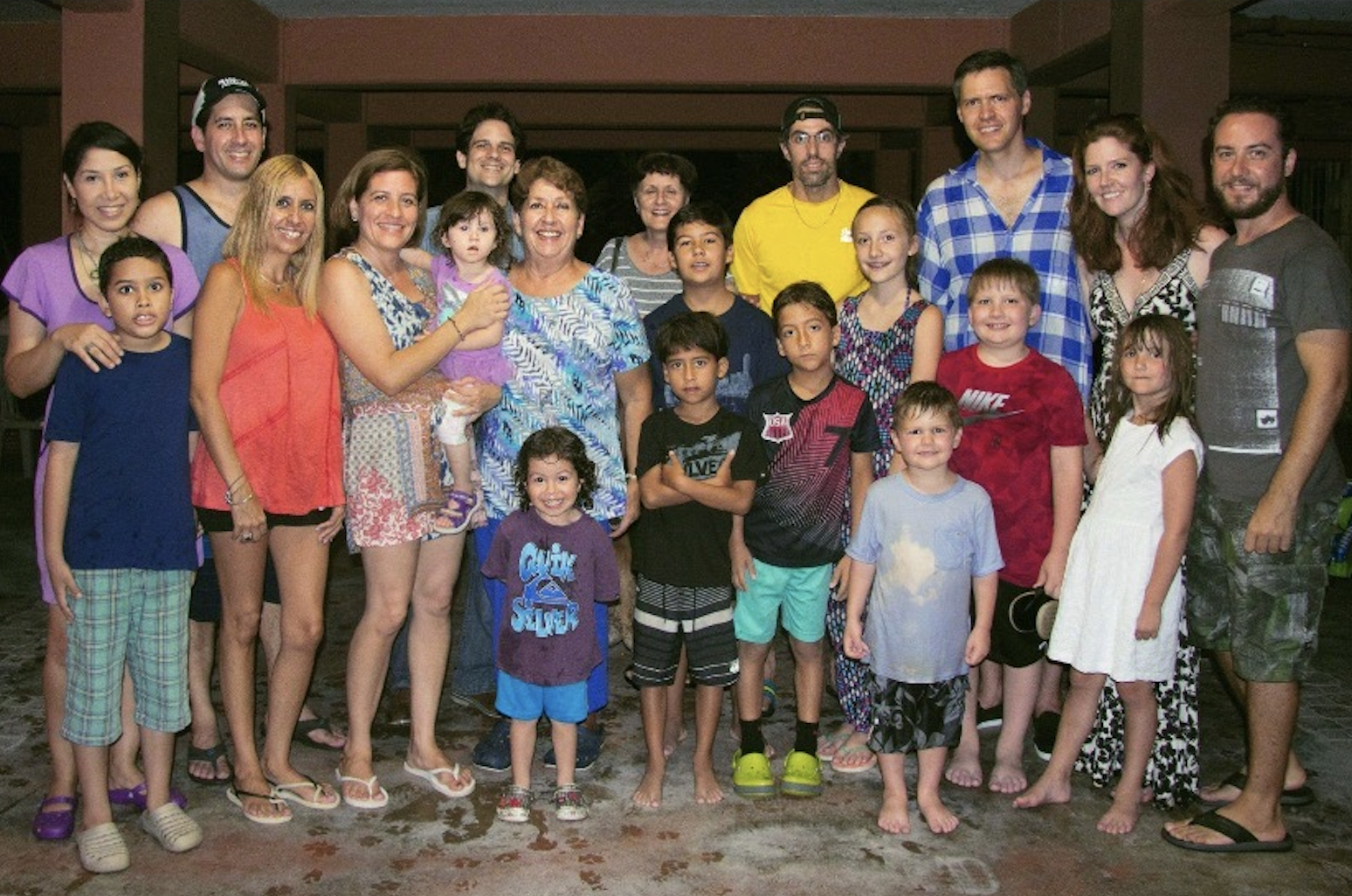
“Yo soy de aquí como el coquí,” my other cousin, Mapi, affirmed to me later that same day. The expression, translating to “I am from here, like the coquí,” alludes to the national frogs of Puerto Rico who famously serenade the island to sleep by their chirps.
While my visit was short, I returned to Boston with the intention of preserving my culture. I would, as I promised myself, not lose the language and identity that my grandfather fell victim to after encountering the culture of complete assimilation and acts of racism in America.
I now feel more visible, and every once in a while, when talking about Puerto Rico, I do indeed say my island.
In the midst of National Hispanic and Latinx Heritage Month, it is more important than ever to recognize those who identify as such in our own community. Visibility is essential, and openly acknowledging our diverse cultural roots is imperative to fostering an inclusive society.
According to the Pew Research Center, “The U.S. Hispanic population has grown significantly in the last decade, from 50.5 million in 2010 to 62.1 million in 2020.” Yet, despite these high numbers, Hispanic and Latinx communities are significantly underrepresented in popular culture, news, and television.
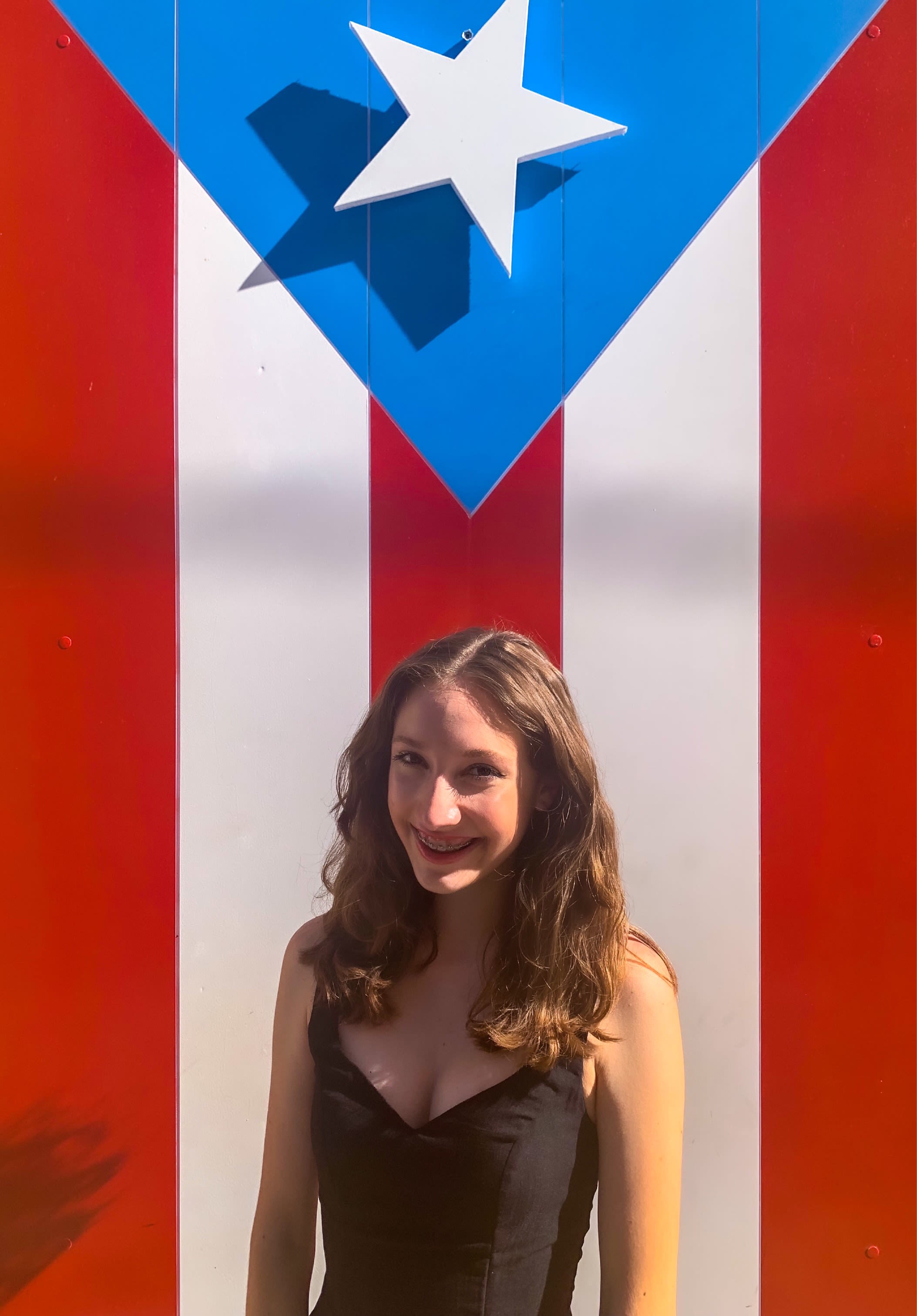
Kozhemiakin stands in front of a Puerto Rican flag in Old San Juan.
Kozhemiakin stands in front of a Puerto Rican flag in Old San Juan.
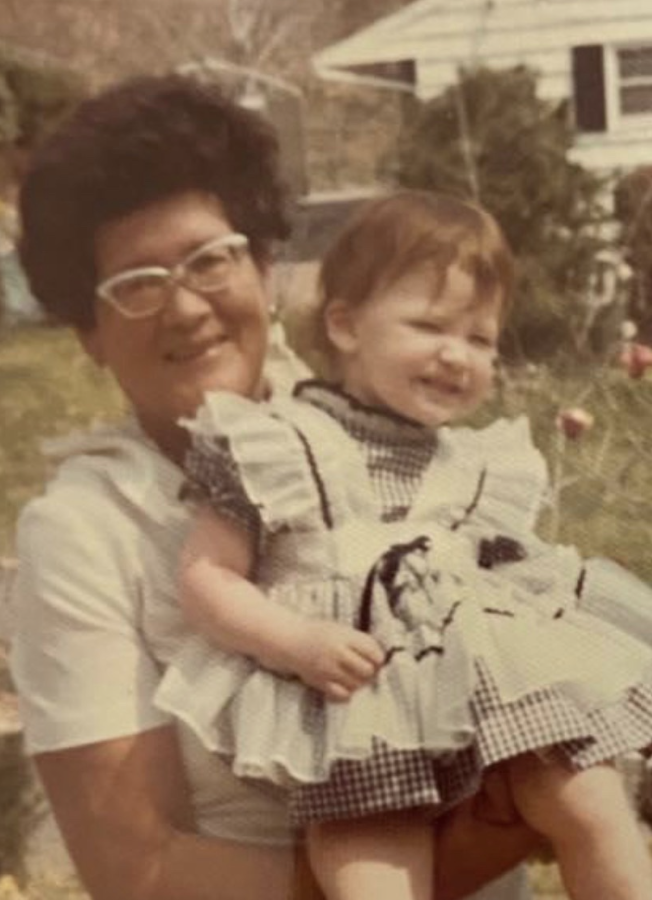
Mercedes Isabel Garcia Alemañy, Kozhemiakin's great-grandmother, poses with Kozhemiakin's mother, Jennifer Alemañy, in New York, 1975.
Mercedes Isabel Garcia Alemañy, Kozhemiakin's great-grandmother, poses with Kozhemiakin's mother, Jennifer Alemañy, in New York, 1975.
As part of a proclamation on September 14, 2021 — a day prior to the start of Hispanic Heritage Month — President Joe Biden stated, “During National Hispanic Heritage Month, we recognize that Hispanic heritage is American heritage. We see it in every aspect of our national life: on our television and movie screens, in the music that moves our feet, and in the foods we enjoy.”
“[This month] is an important reminder of how much strength we draw as a Nation from our immigrant roots and our values as a Nation of immigrants,” Biden said.
While a push for national representation is much needed, acknowledging those in our own community is the first step. To honor Hispanic Heritage Month, Director of Equity and Inclusion Jessica Christian pioneered a project to amplify the visibility of the Hispanic and Latinx community at the School.
Christian's project, showcased directly outside the School's library, is comprised of mini posters that highlight photos and stories about Hispanic and Latinx identifying students and faculty.
“As I conducted these mini-interviews, I learned so much about different parts of people’s cultures," Christian shared. "Every single person who spoke was smiling and so excited to share their heritage. You could just feel that energy!"
“One thing that I hope will come of this project is that people, and especially students, will feel like they want to bring more of their culture with them to school everyday," she added.
"I have seen some students really embrace their cultures this year, and it's a way of owning who they are and not being ashamed of it.”
Christian additionally emphasized the importance of unapologetically sharing culture with the community. “Its so important to feel good about all parts of yourself,” she said.
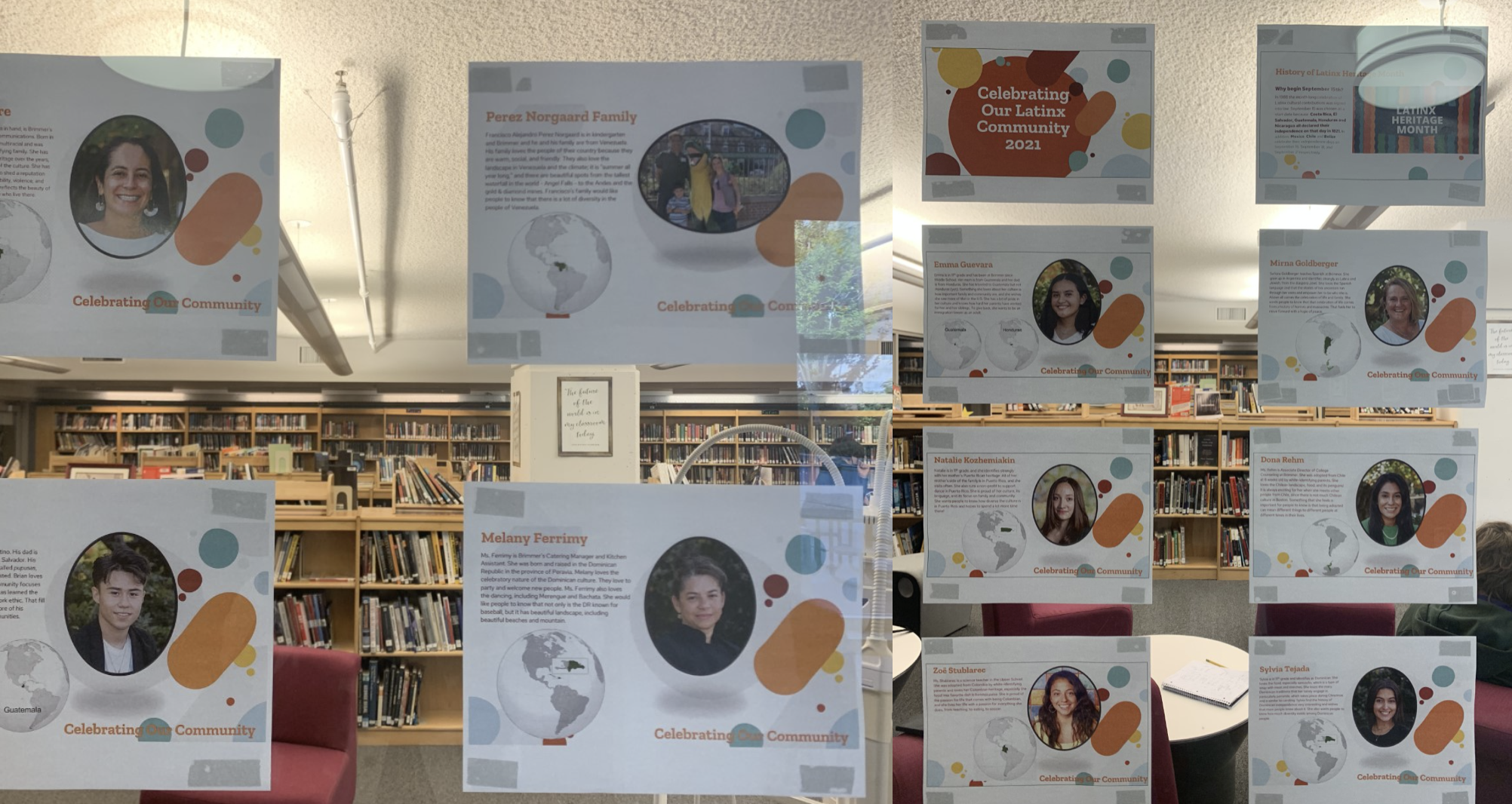
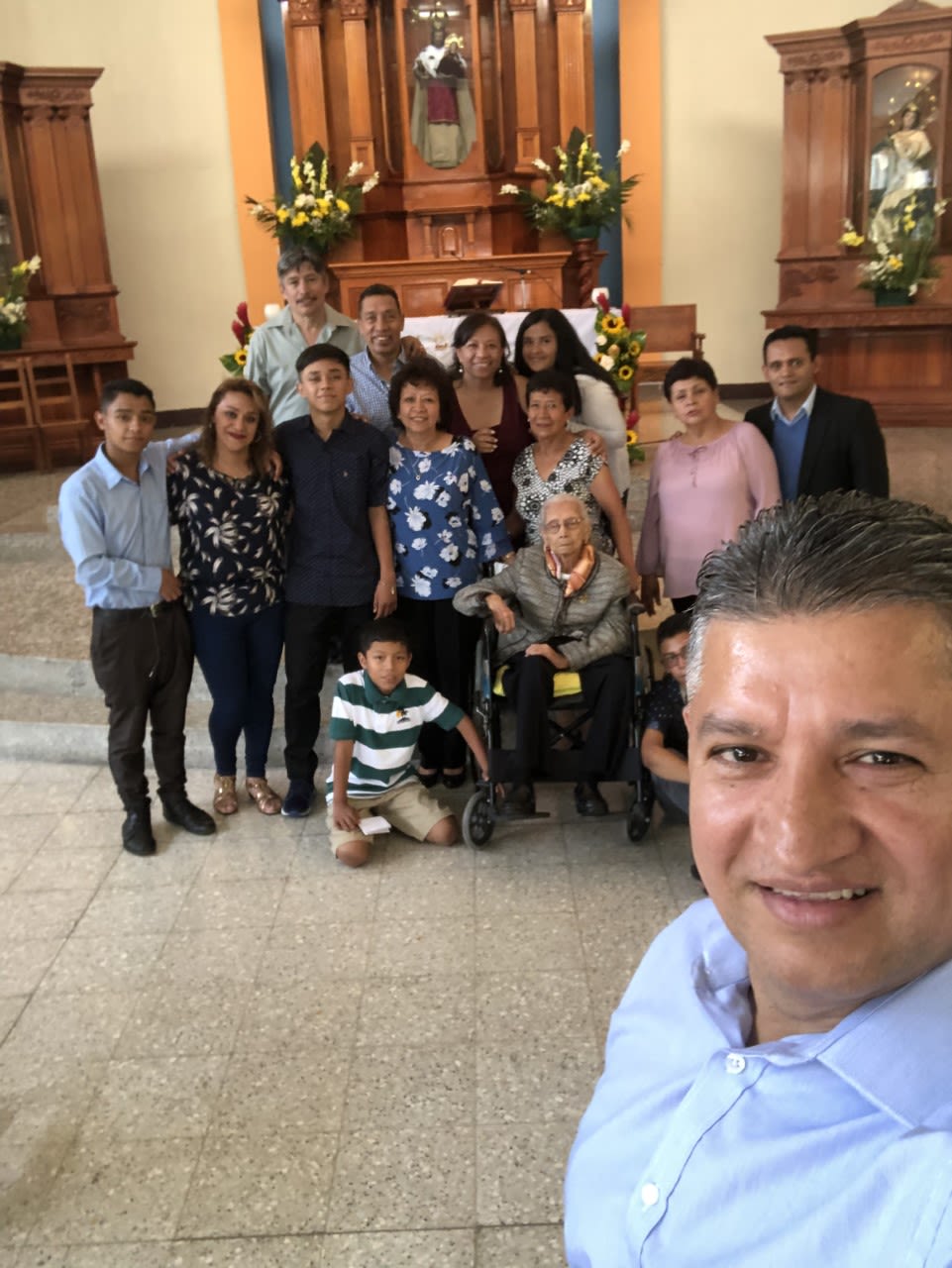
Guevara's father snaps a selfie of her and her family in Guatemala.
Guevara's father snaps a selfie of her and her family in Guatemala.
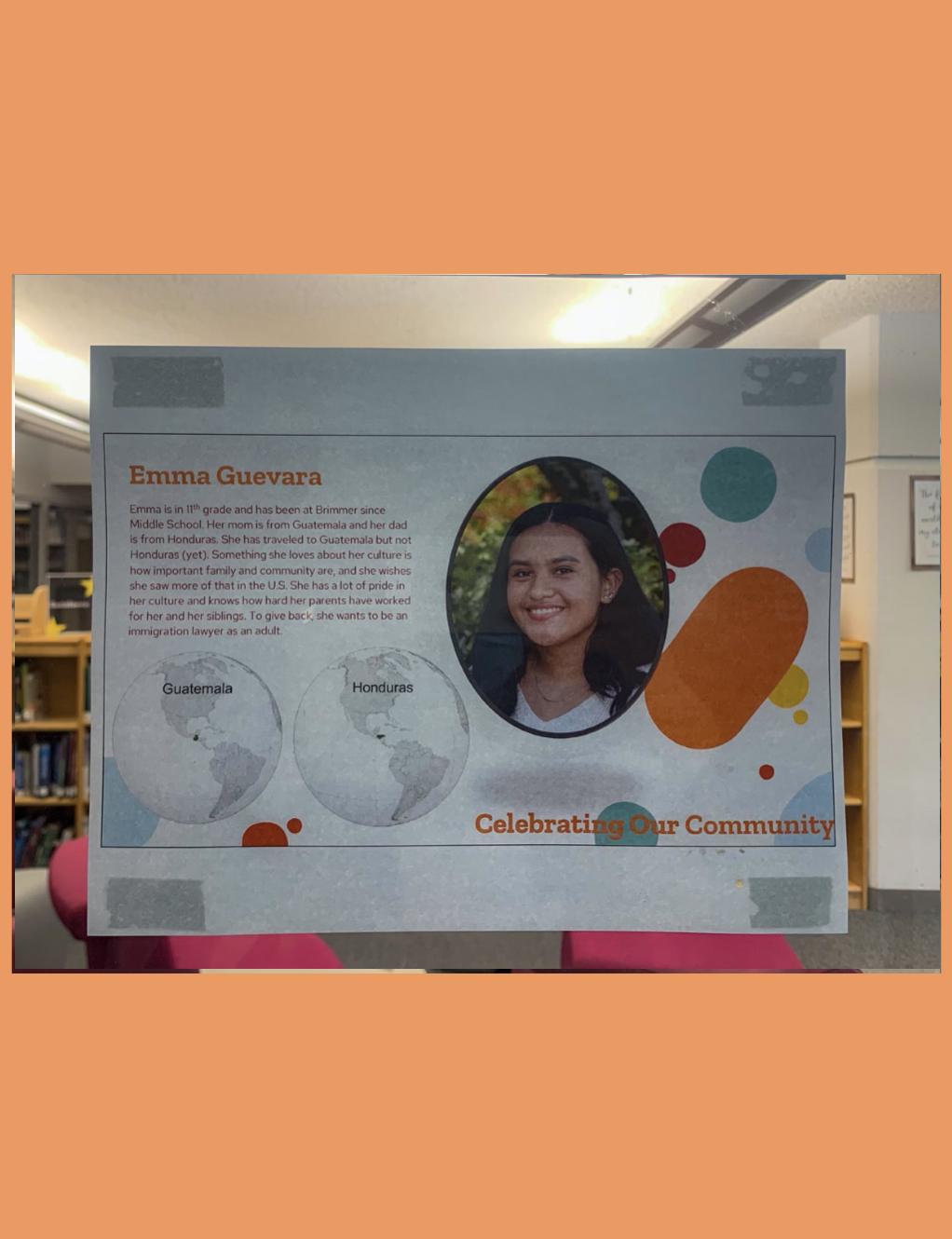
Guevara's story and photo are featured as part of Christian's project for National Hispanic and Latinx Heritage Month.
Guevara's story and photo are featured as part of Christian's project for National Hispanic and Latinx Heritage Month.
Emma Guevara '23 participated in Christian's project, proud to share her Guatemalan and Honduran heritage with the community. “I love everything about my Central American culture, but more specifically, I love how family is so valued,” she said. “With Guatemala and Honduras being very poor countries, family and those we love are extremely important.”
However, Guevara expressed the urgent need for Latinx representation.
“Growing up, I was surrounded by kids who looked just like me. After elementary school, I came to Brimmer, which was a huge change for me. I was young and never realized how important it was to have other Latinos in my grade or even school," Guevara shared.
“More recently, there has been a lot more appreciation for people of color, which I am super grateful for! I also appreciate the awareness of Hispanic Heritage month and the interest of teachers and classmates to understand my culture and my love for it."
"Of course, there are times where I feel like no one really gets me because of my family's history or culture, but things are getting better,” she said.
Lastly, Guevara shared that she hopes to work as an immigration lawyer in Latin America. “I feel that whenever I hear about Central American countries on the news, it is always negative and about the immigration laws," she said.
"I love how we have this month to forget about all this negativity and take the time to appreciate the beauty of all these different cultures and the people.”
Sylvia Tejada '23 shares a similar love for her Dominican culture, highlighting the deliciously piquant foods. “Some of my favorite traditional plates are 'sancocho' or the classic rice, beans, chicken, and avocado," she said. Another thing that I love about my culture is the music. The instruments used in the music, as well as the beat, are created so beautifully!"
Despite Tejada's love for her culture, she expressed some of the struggles of identifying as Hispanic. “Sometimes, I struggle with where I stand in the Hispanic community. I think this is an issue that many white-passing Latinas deal with. Some terms like 'gringa' or 'white girl' are just some of the microaggressions that I have noticed.”
"I think many people have one 'look' associated with Hispanic people, which is where the problem begins," Tejada shared.

Tejada's story and photo are featured as part of Christian's project for National Hispanic and Latinx Heritage Month.
Tejada's story and photo are featured as part of Christian's project for National Hispanic and Latinx Heritage Month.
Lucia Corral Saborido '22 recently joined the School from Northern Spain and highlighted her favorite parts of her heritage, including the exquisite Spanish gastronomy.
“I think that recognizing other cultures and ethnicities is crucial to develop as a diverse society and to learn from one another,” Corral Saborido said.
“Hispanics and Latinxs have a lot to contribute and extensive stories to share. If we all came together and exchanged these types of things, we would learn a lot of values and acquire great cultural richness.”
The stories of Guevara, Tejada, Corral Saborido, and I — although influenced by vastly different experiences — share a common theme. Too often, stereotypes regarding what a Hispanic or LatinX person should be, look like, or live dominate media, popular culture, and, inevitably, the perspectives of many.
There is so much diversity within Hispanic cultures that often goes unnoticed in our everyday life. While October 15 marks the end of Hispanic and Latinx Heritage month, the national celebration of culture extends far beyond 30 days.
By recognizing, appreciating, and honoring Hispanic and Latinx Heritage in all aspects, everyone, regardless of race or ethnicity, can learn so much and grow to understand what makes our community brimming with life and zeal.
